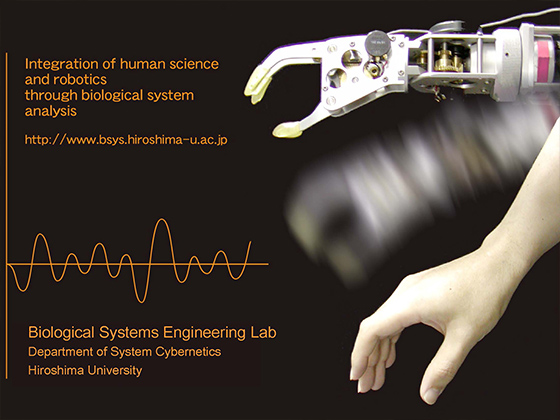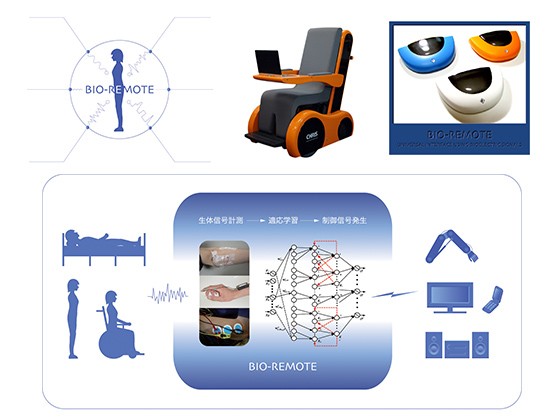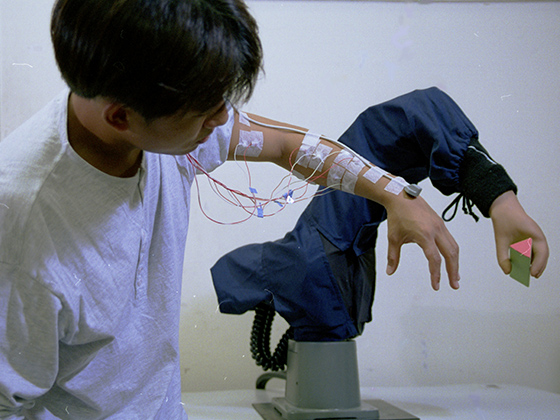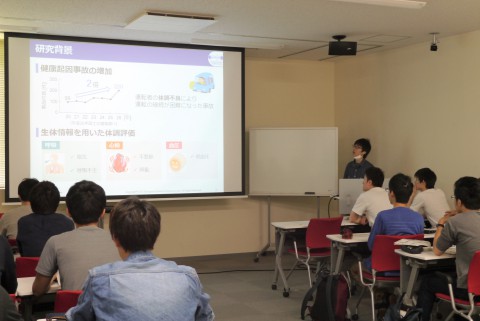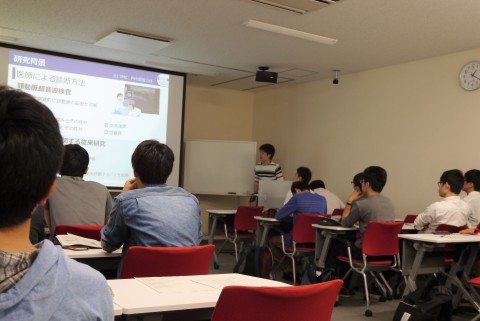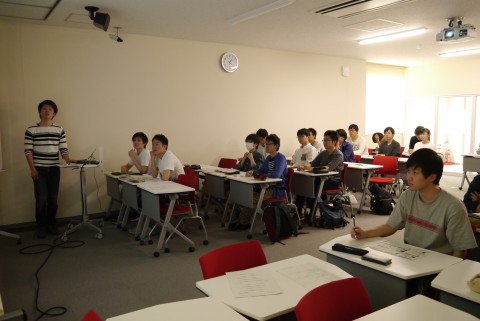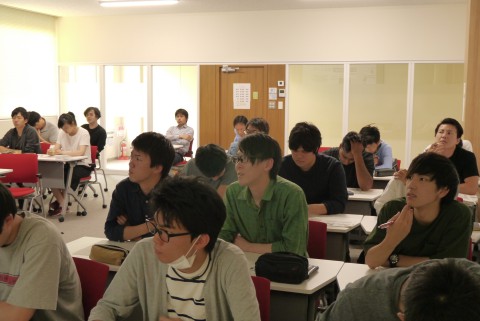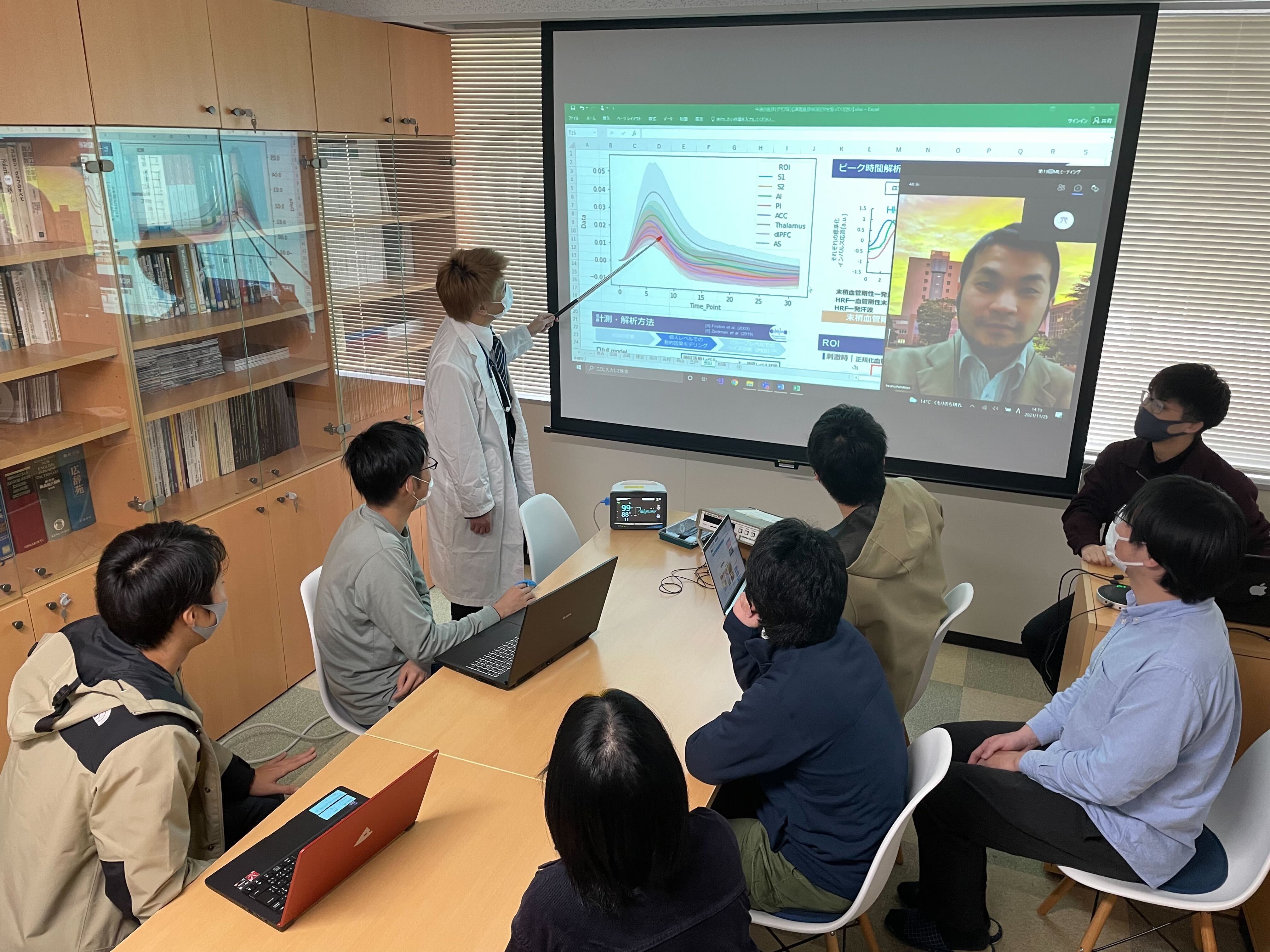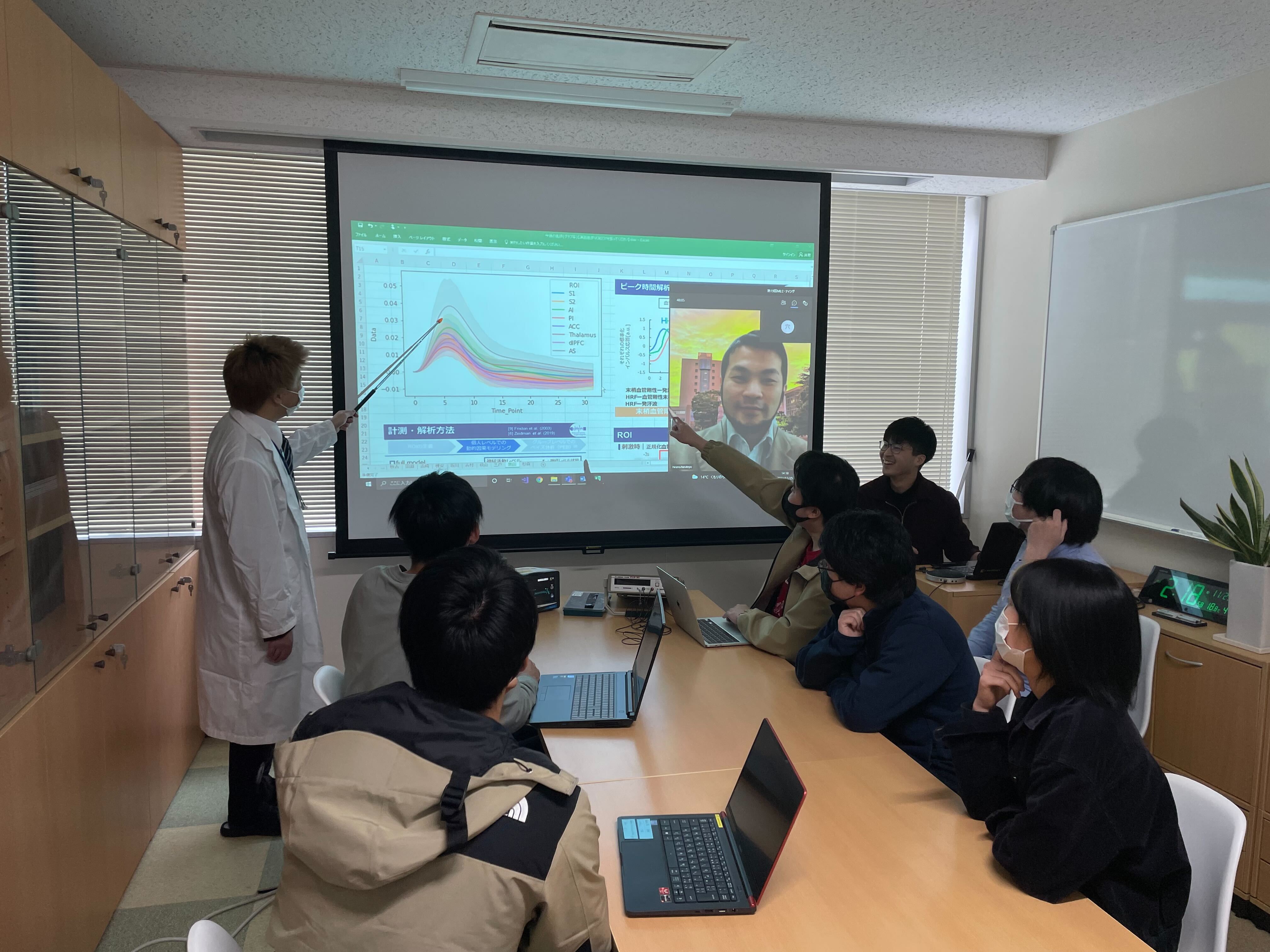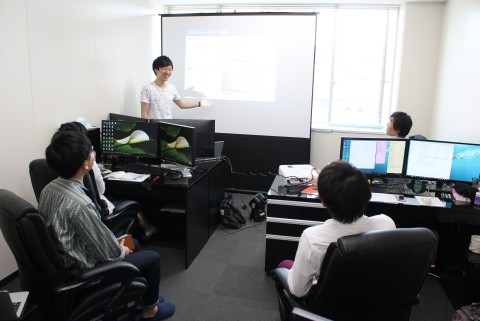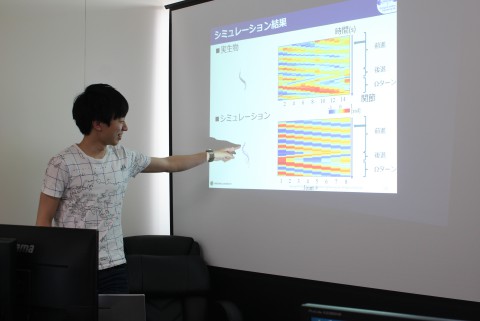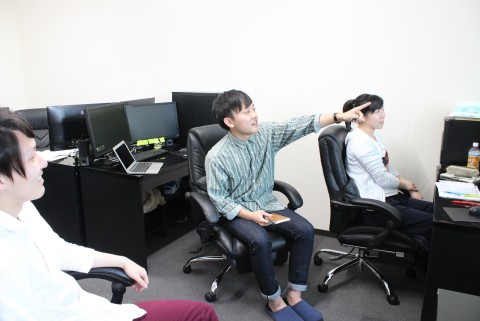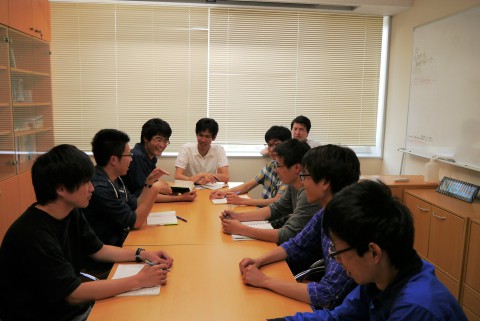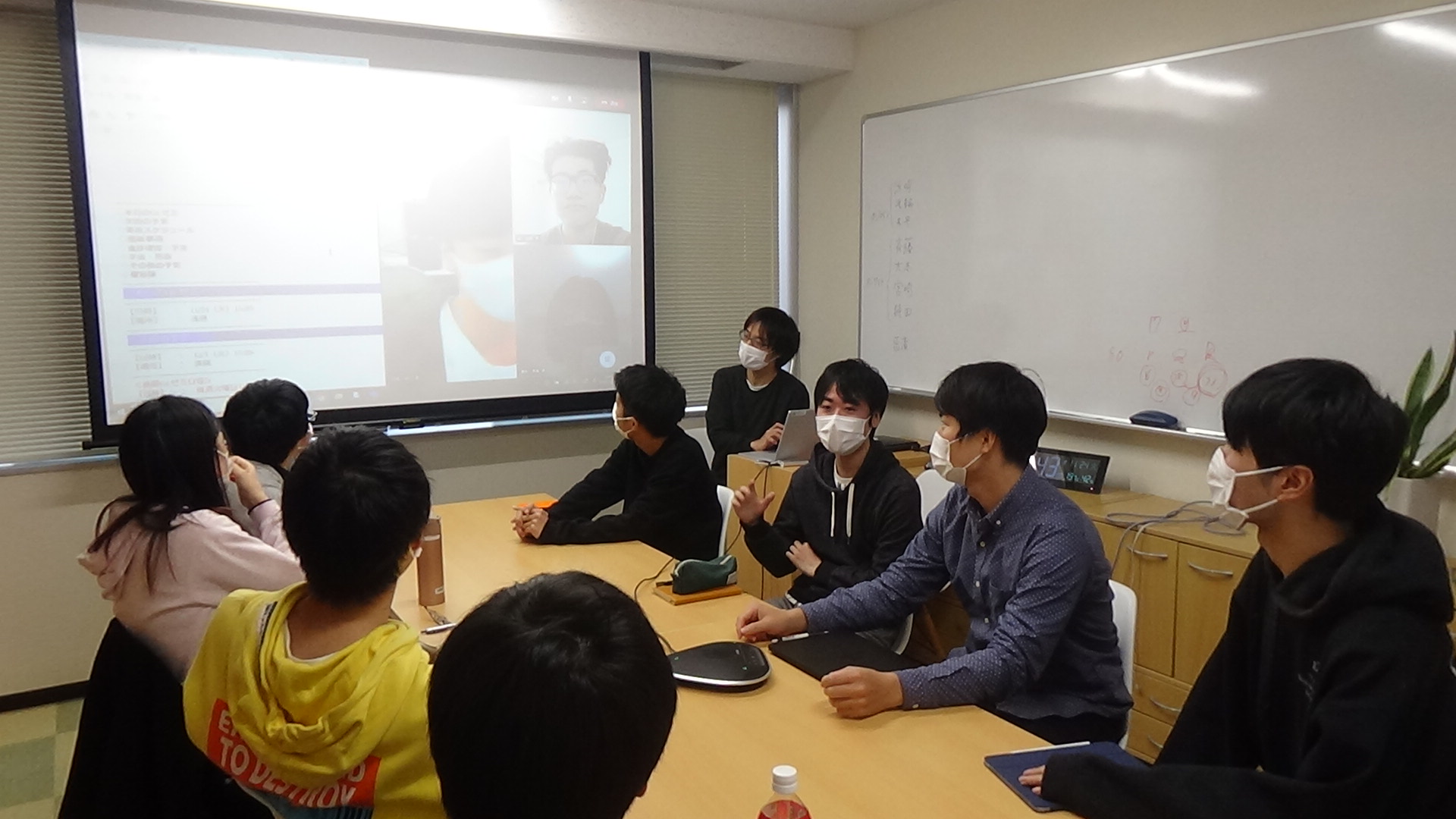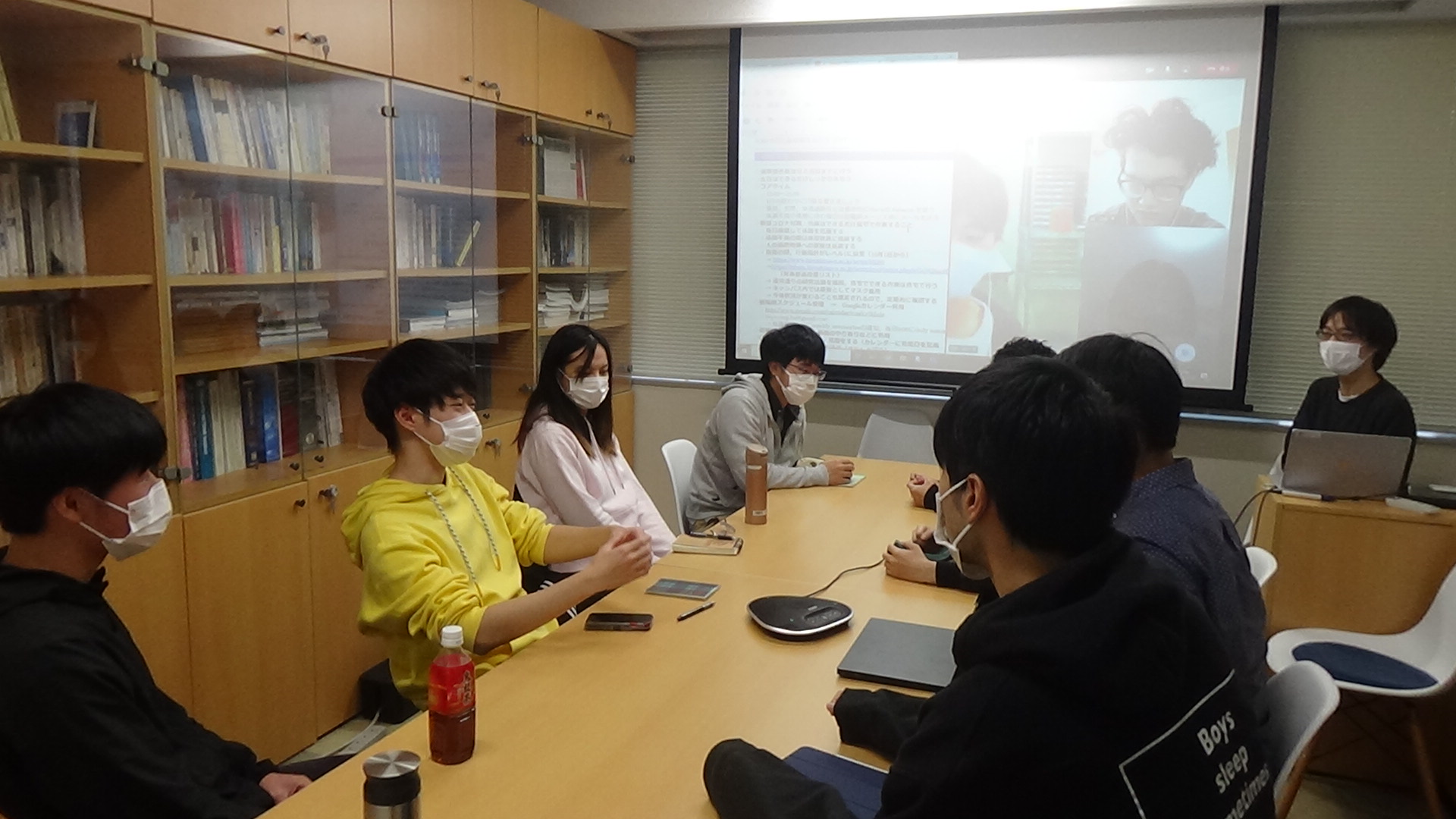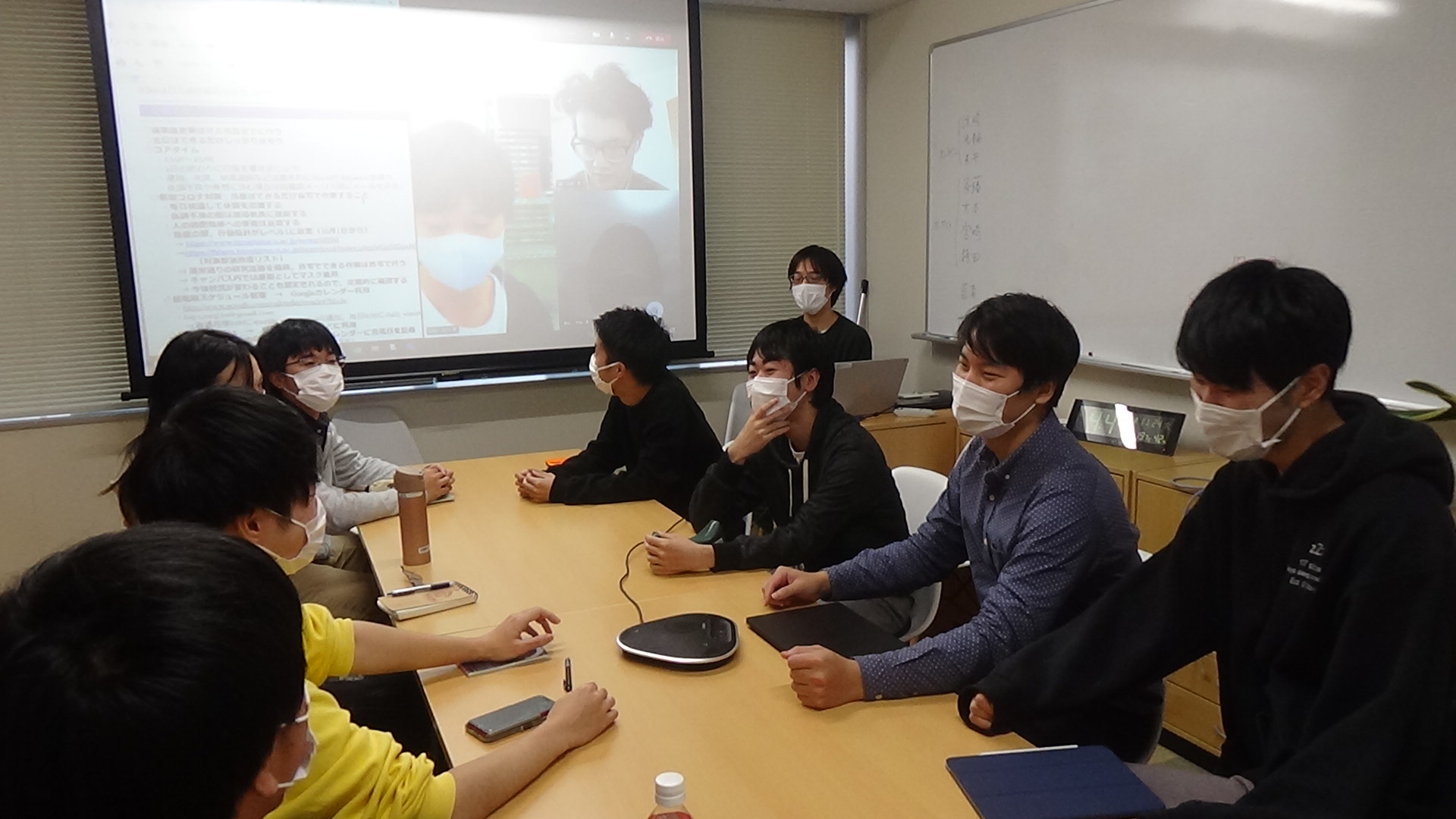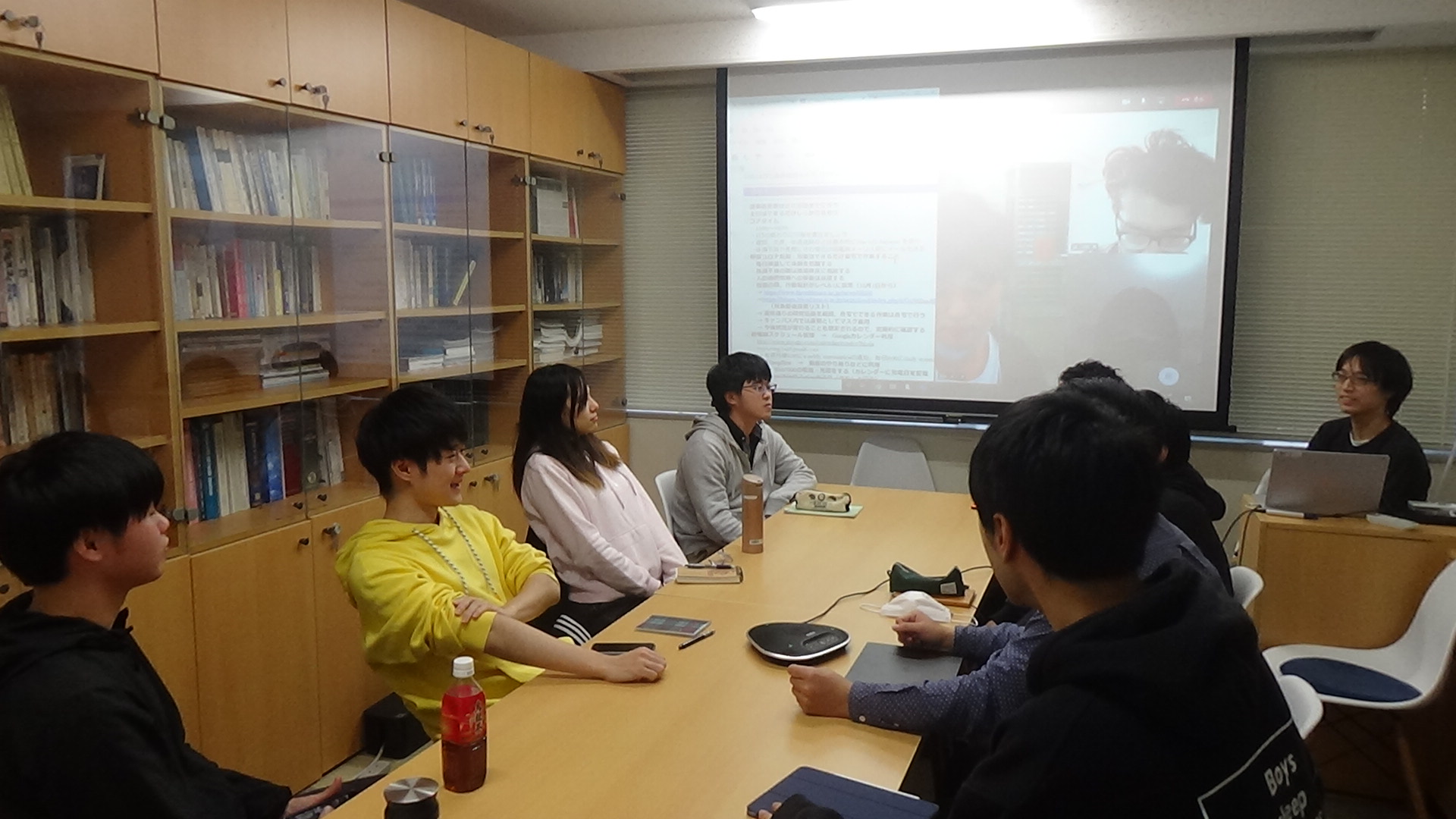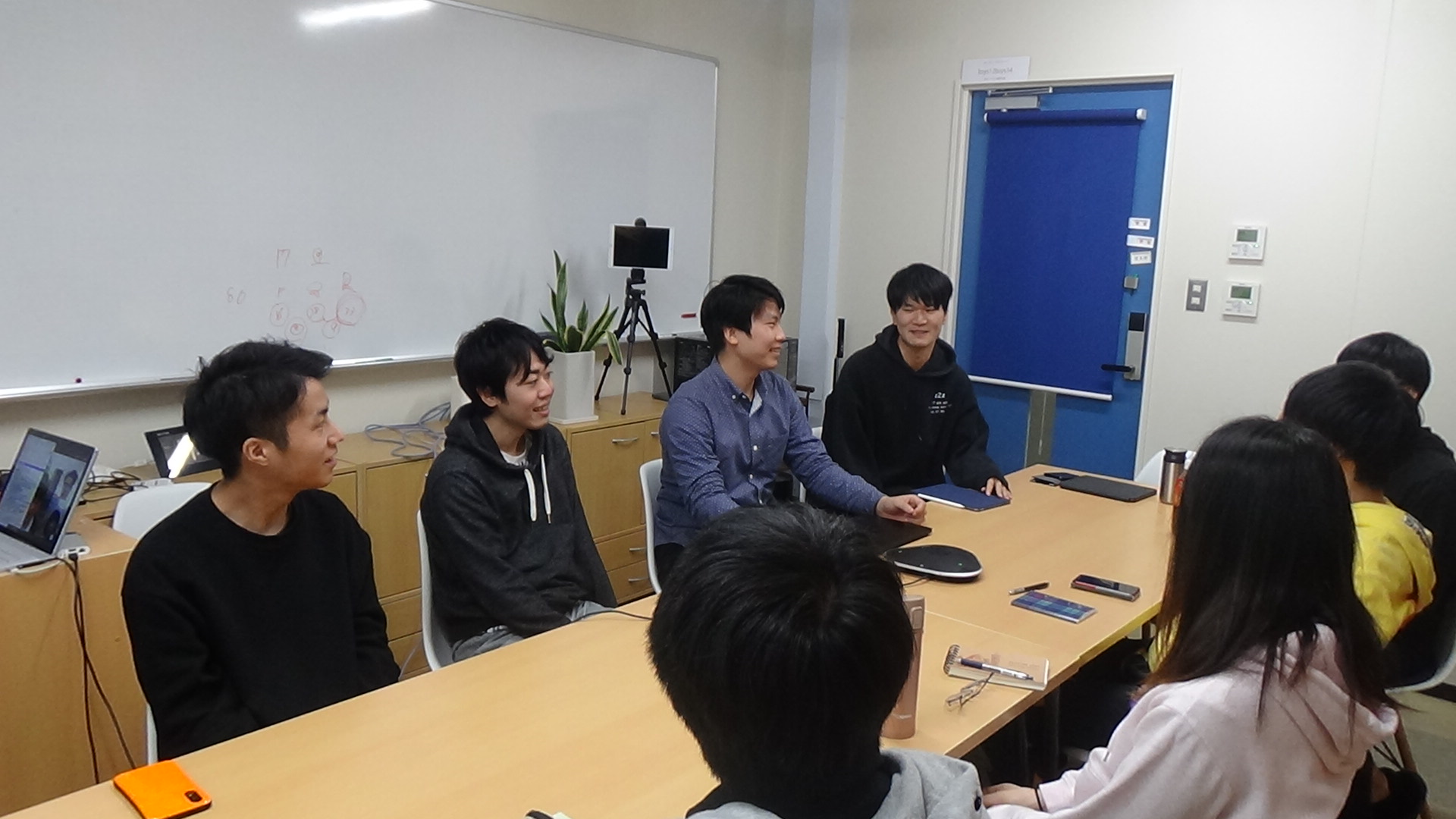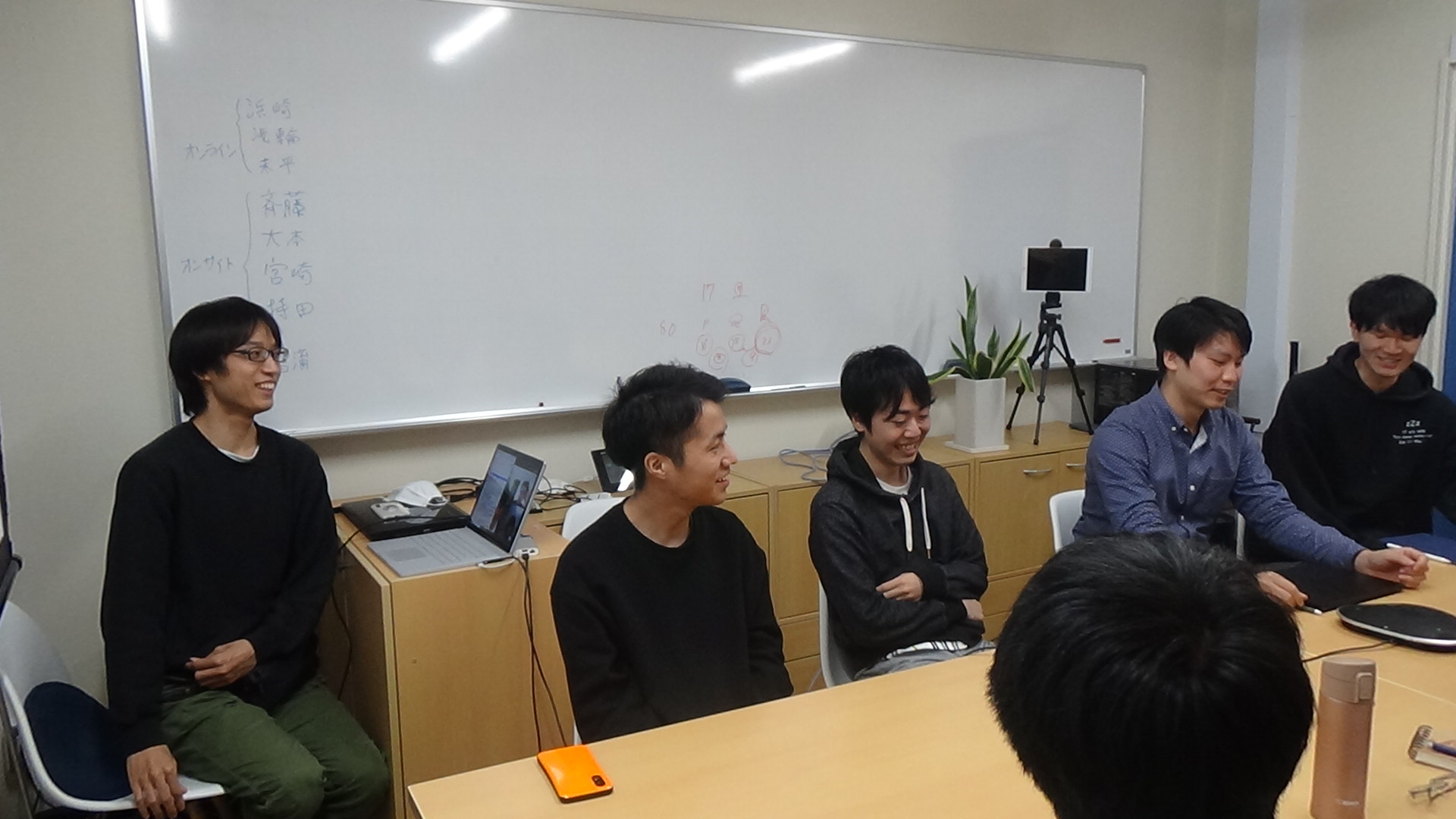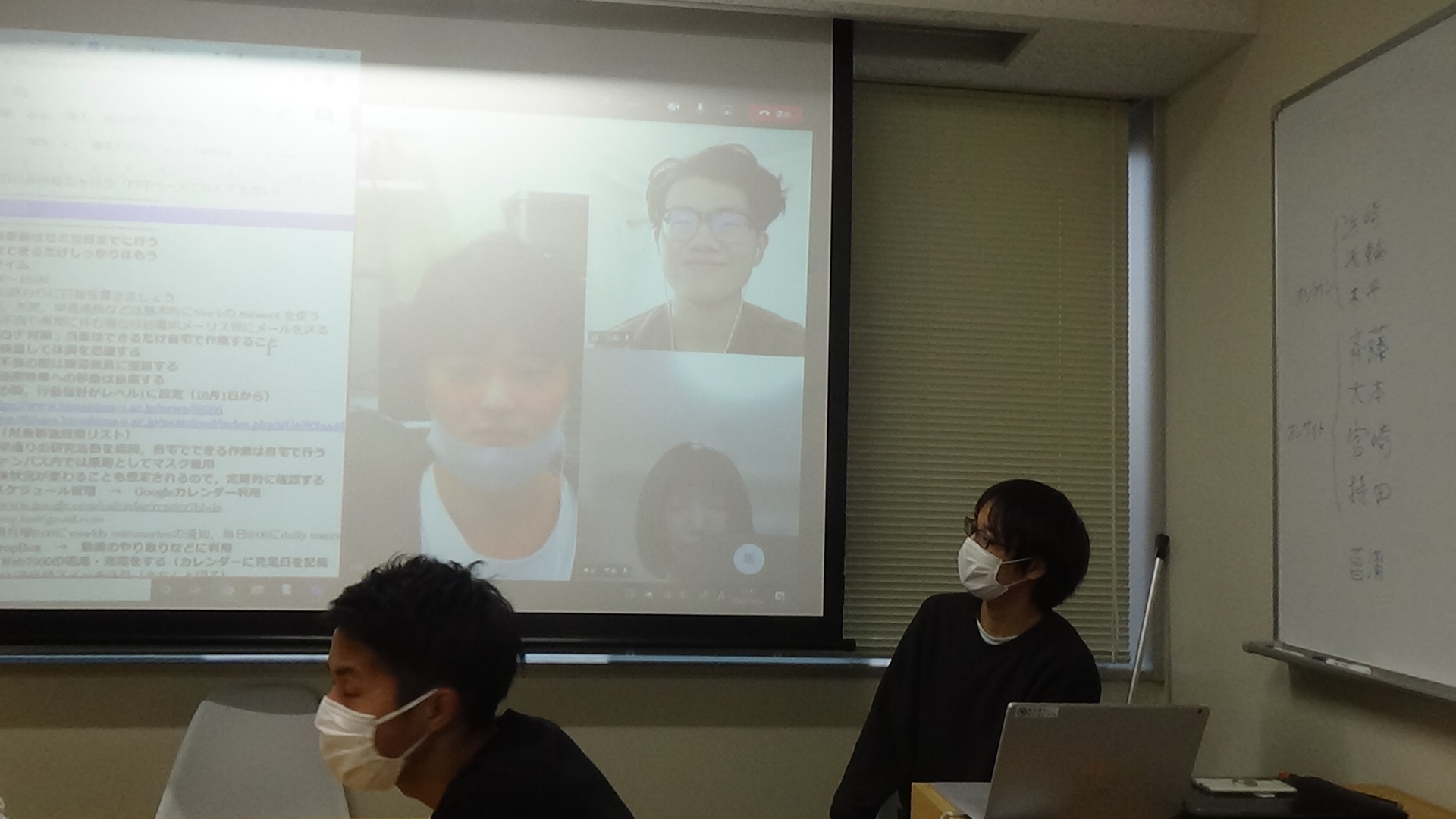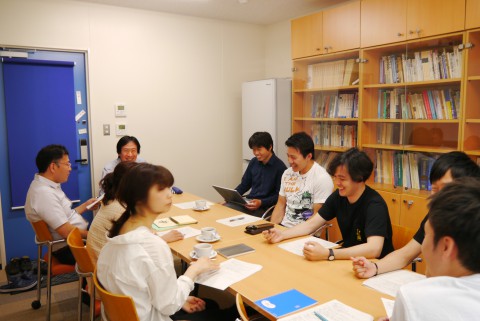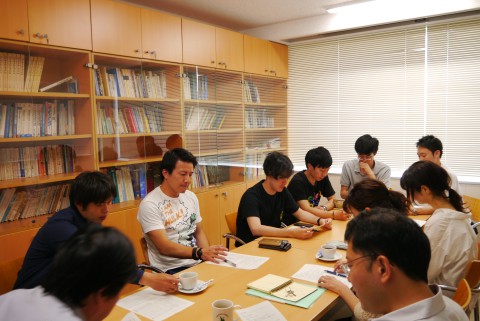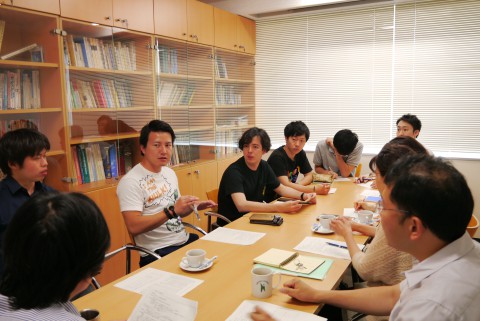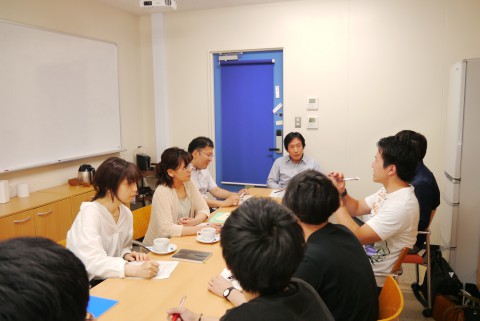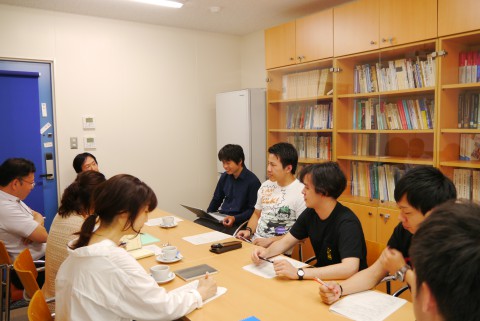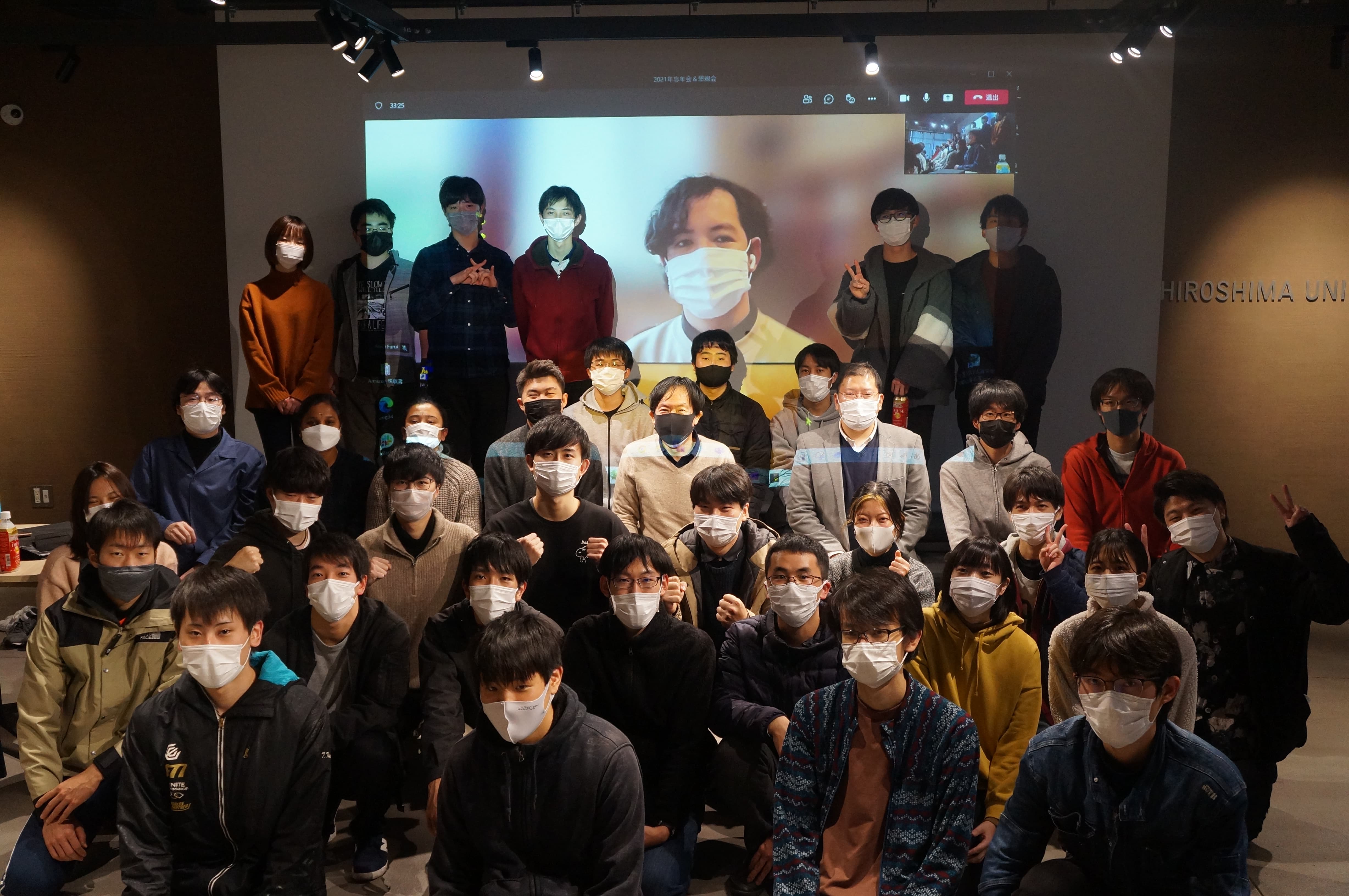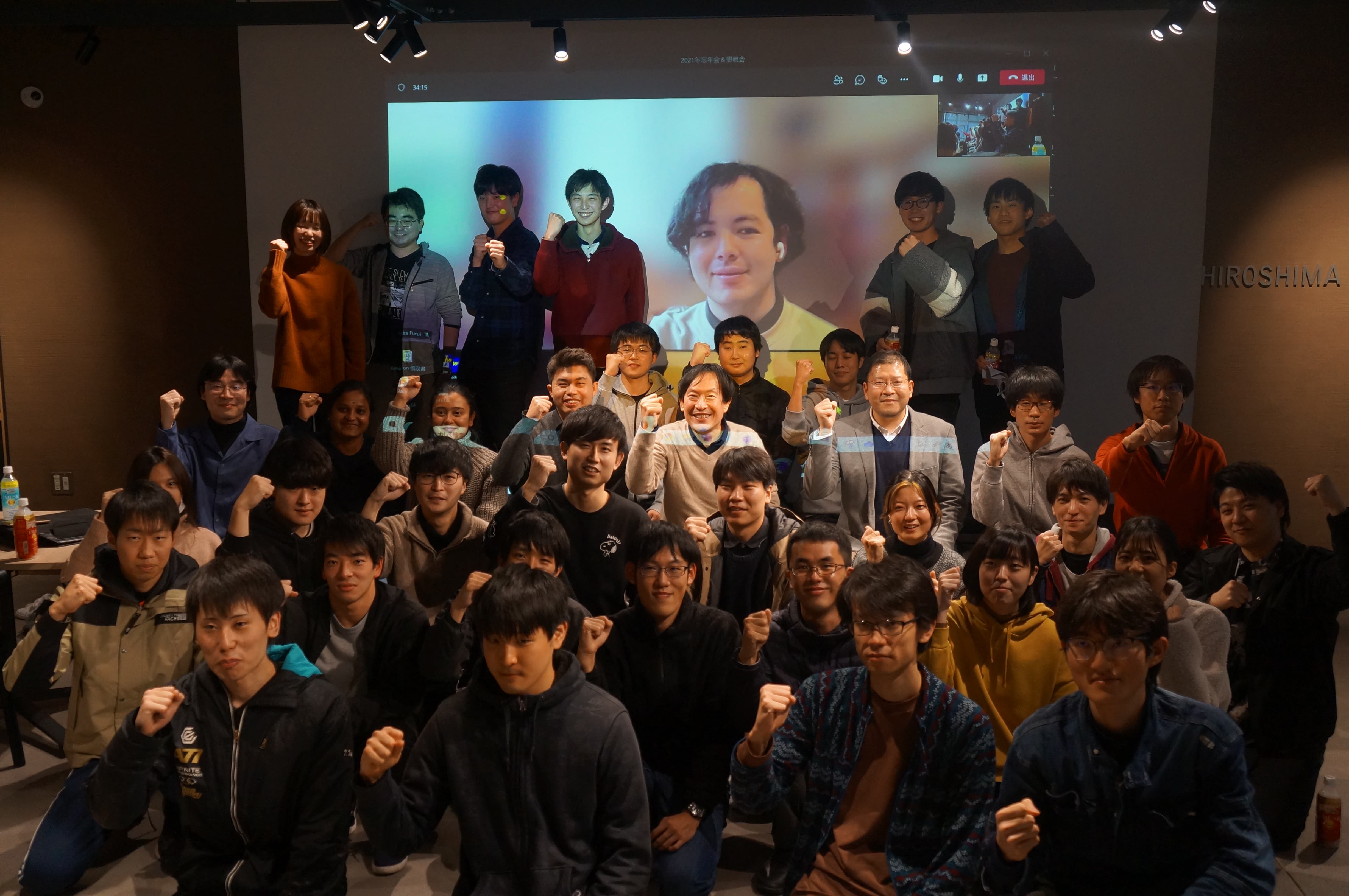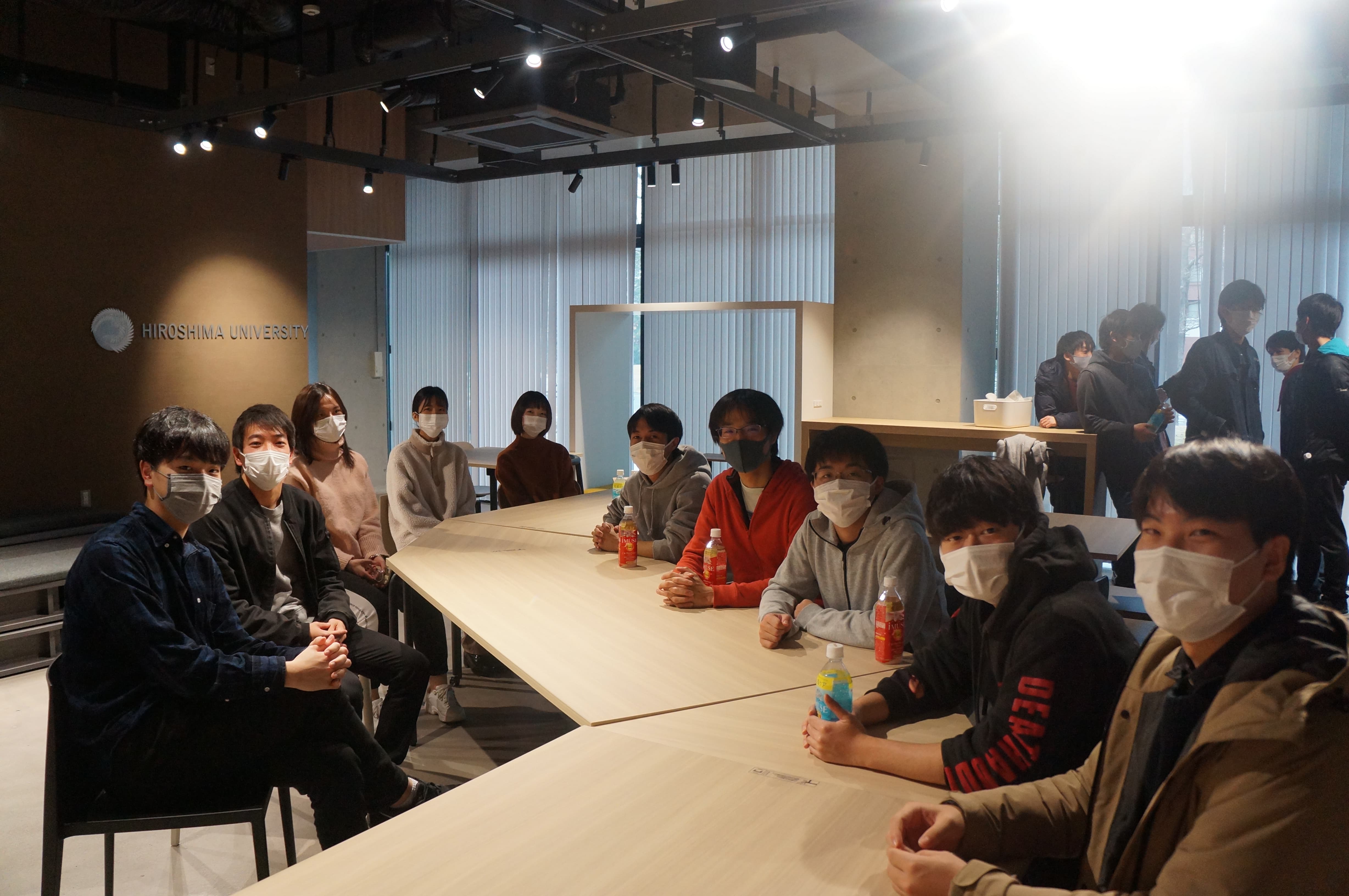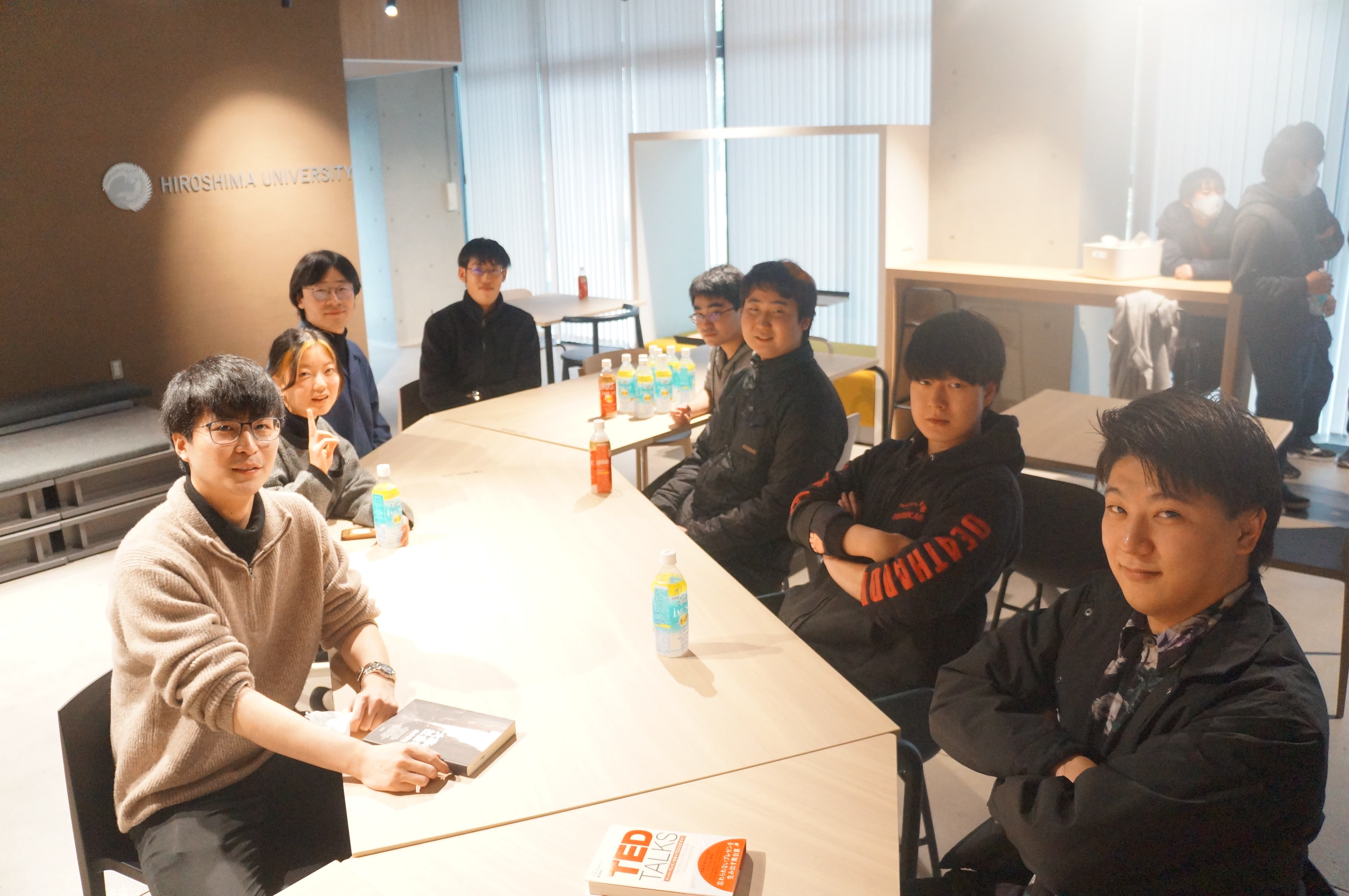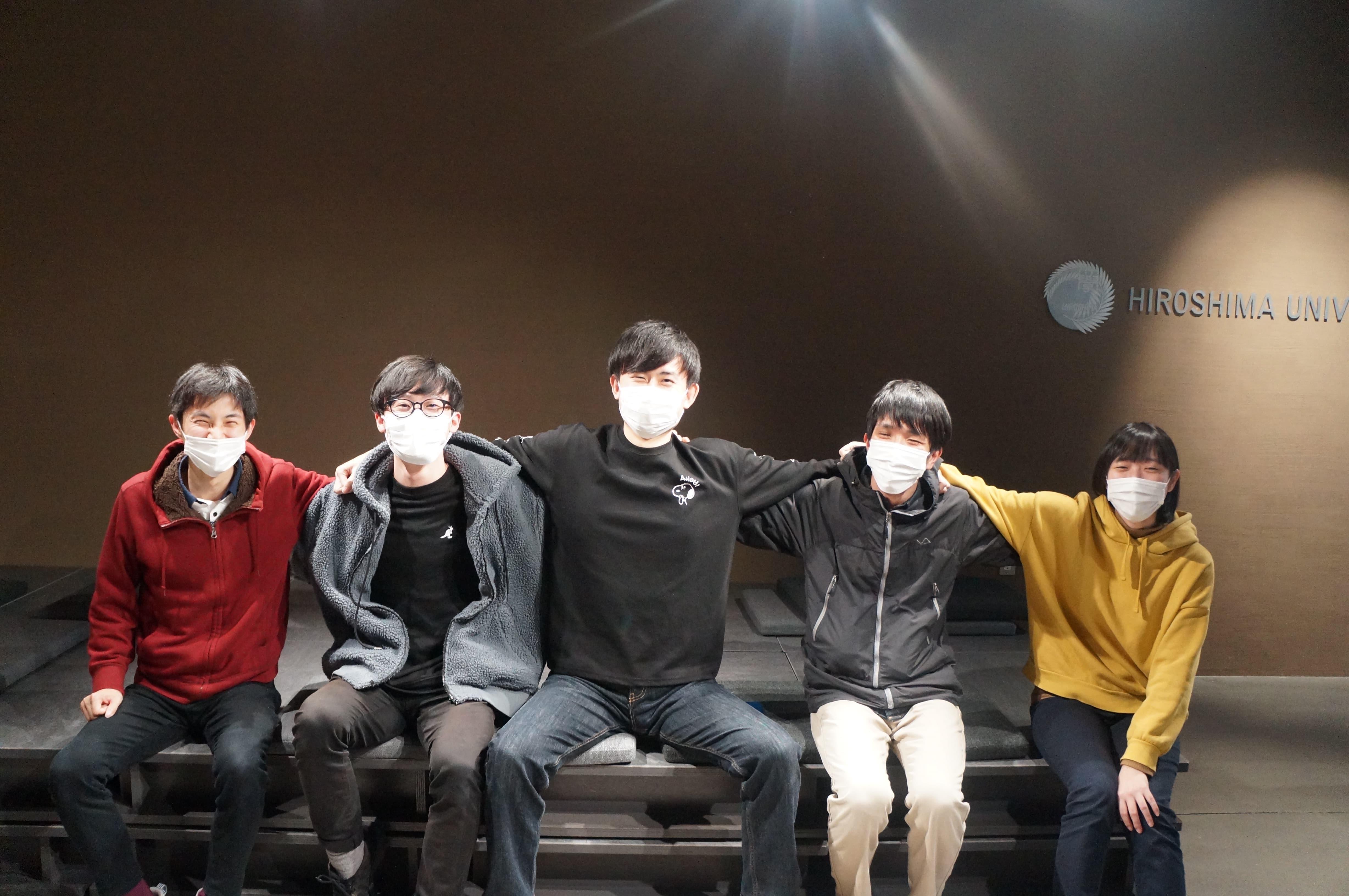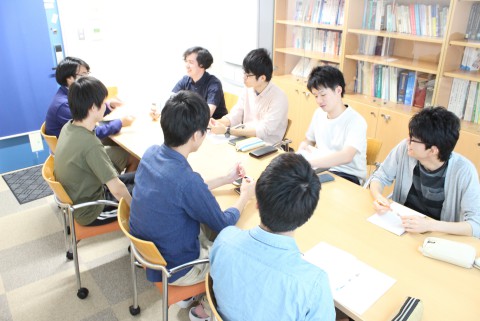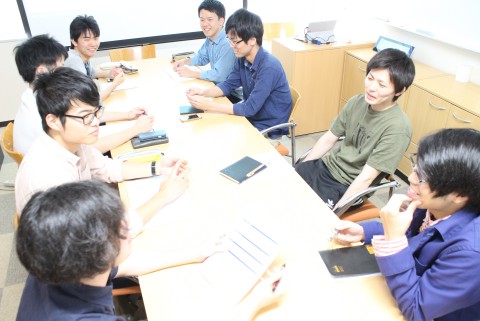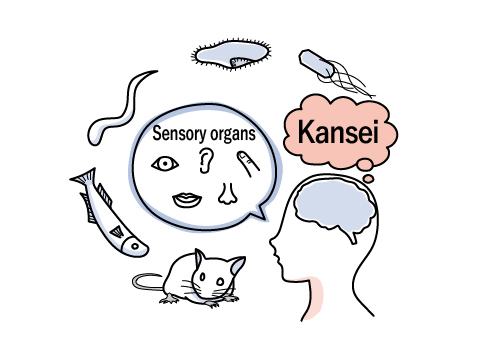Latest papers
Correlation analysis between echinocytosis stages and blood viscosity during oxygenator perfusion: an in vitro study
Shigeyuki Okahara, Satoshi Miyamoto, Zu Soh, Masaru Yoshino, Hidenobu Takahashi, Hideshi Itoh, and Toshio Tsuji
ASAIO JOURNAL (accepted, SCI, IF=4.2)
Neuroimaging-based Evidence for Sympathetic Correlation between Brain Activity and Peripheral Vasomotion during Pain Anticipation
Ziqiang Xu, Zu Soh, Yuta Kurota, Yuya Kimura, Harutoyo Hirano, Takafumi Sasaoka, Atsuo Yoshino, and Toshio Tsuji
Scientific Reports, volume 14, Article number: 3383, doi.org/10.1038/s41598-024-53921-4, Published online: 09 February 2024. (SCI, IF=4.6)
URL
PDF
The number of microbubbles generated during cardiopulmonary bypass can be estimated using machine learning from suction flow rate, venous reservoir level, perfusion flow rate, hematocrit level, and blood temperature
Satoshi Miyamoto, Zu Soh, Shigeyuki Okahara, Akira Furui, Taiichi Takasaki, Keijiro Katayama, Shinya Takahashi, and Toshio Tsuji
IEEE Open Journal of Engineering in Medicine and Biology, Volume: 5, pp. 66-74, DOI: 10.1109/OJEMB.2024.3350922, Date of Publication: 08 January 2024. (ESCI, IF=5.8)
URL
PDF
Noninvasive Characterization of Peripheral Sympathetic Activation across Sensory Stimuli Using a Peripheral Arterial Stiffness Index
Ziqiang Xu, Reiji Anai, Harutoyo Hirano, Zu Soh and Toshio Tsuji
Frontiers in Physiology (Computational Physiology and Medicine), 14:1294239, DOI: 10.3389/fphys.2023.1294239, PUBLISHED 08 January 2024. (SCI, IF=4.0)
URL
PDF
Repetitive pain experiences modulate feedforward control of hemodynamics and modification by nitrous oxide/oxygen inhalation in humans
Hironori Miyazaki, Yoshifumi Nishio, Kota Miyahara, Chiaki Furutani, Ziqiang Xu, Noboru Saeki, Toshio Tsuji, and Yoshiyuki Okada
Heliyon, Volume 9, ISSUE 12, e23121, doi: 10.1016/j.heliyon.2023.e23121, Published: November 29, 2023. (SCI, IF=4.0)
URL
PDF
Vertical Dynamic Visual Acuity is Significantly Lower than Horizontal Dynamic Visual Acuity
Aoi Tachihara, Zu Soh, Tomohiko Mizuguchi, Akihiko Kandori, Seiji Hama, and Toshio Tsuji
Scientific Reports, volume 13, Article number: 20999, doi:10.1038/s41598-023-48292, Published online: 28 November 2023. (SCI, IF=4.6)
URL
PDF
Prediction of blood pressure changes during surgical incision using the minimum evoked current of vascular stiffness value under sevoflurane anesthesia
Daiki Shorin, Satoshi Kamiya, Ryuji Nakamura, Ayaka Ishibashi, Noboru Saeki, Toshio Tsuji, and Yasuo M. Tsutsumi
Scientific Reports, volume 13, Article number: 20486, doi:10.1038/s41598-023-46942-y, Published online: 22 November 2023. (SCI, IF=4.6)
URL
PDF
Motor-cognitive functions required for driving in post-stroke individuals identified via machine-learning analysis
Genta Tabuchi, Akira Furui, Seiji Hama, Akiko Yanagawa, Koji Shimonaga, Ziqiang Xu, Zu Soh, Harutoyo Hirano, and Toshio Tsuji
Journal of NeuroEngineering and Rehabilitation, 20, Article number: 139, doi:10.1186/s12984-023-01263-z, 18 October 2023. (SCI, IF=5.1)
URL
PDF
Sound-based Cough Peak Flow Estimation in Neuromuscular Disorders
Bernat Bertran Recasens, Ana Balañá Corberó, Juana María Martínez Llorens, Anna Guillen-Sola, Montserrat Villatoro Moreno, Greta García Escobar, Yasutaka Umayahara, Zu Soh, Toshio Tsuji, and Miguel Ángel Rubio
Muscle and Nerve, 2024; 69(2): 213‐217, doi:10.1002/mus.27987, First published: 20 October 2023. (SCI, IF=3.4)
URL
PDF
Representative papers
Human Hand Impedance Characteristics during Maintained Posture in Multi-Joint Arm Movements
T. Tsuji, P. Morasso, K. Goto, and K. Ito
Biological Cybernetics, Vol.72, pp.475-485, 1995.
A Log-Linearized Gaussian Mixture Network and Its Application to EEG Pattern Classification
T. Tsuji, O. Fukuda, H. Ichinobe, and M. Kaneko
IEEE Transactions on Systems, Man, and Cybernetics-Part C: Applications and Reviews, Vol. 29, No. 1, pp. 60-72, February 1999.
A Recurrent Log-linearized Gaussian Mixture Network
T. Tsuji, N. Bu, M. Kaneko, and O. Fukuda
IEEE Transactions on Neural Networks, Vol.14, No.2, pp.304-316, March 2003.
A Human-Assisting Manipulator Teleoperated by EMG Signals and Arm Motions
O. Fukuda, T. Tsuji, M. Kaneko and A. Otsuka
IEEE Transactions on Robotics and Automation, Vol.19, No.2, pp.210-222, April 2003.
Quantitative Evaluation of Pain during Electrocutaneous Stimulation using a Log-Linearized Peripheral Arterial Viscoelastic Model
H. Matsubara, H. Hirano, H. Hirano, Z. Soh, R. Nakamura, N. Saeki, M. Kawamoto, M. Yoshizumi, A. Yoshino, T. Sasaoka, S. Yamawaki, and T. Tsuji
Scientific Reports, volume 8, Article number: 3091, doi:10.1038/s41598-018-21223-11, Published online: 15 February 2018.
Continuous Blood Viscosity Monitoring System for Cardiopulmonary Bypass Applications
S. Okahara, Z. Soh, S. Miyamoto, H. Takahashi, S. Takahashi, T. Sueda, and T. Tsuji
IEEE Transactions on Biomedical Engineering, Vol.64, No.7, pp. 1503-1512, DOI:10.1109/TBME.2016.2610968, JULY 2017.
Assessment of Lower-limb Vascular Endothelial Function Based on Enclosed Zone Flow-mediated Dilation
H. Hirano, R. Takama, R. Matsumoto, H. Tanaka, H. Hirano, Z. Soh, T. Ukawa, T. Takayanagi, H. Morimoto, R. Nakamura, N. Saeki, H. Hashimoto, S. Matsui, S. Kishimoto, N. Oda, M. Kajikawa, T. Maruhashi, M. Kawamoto, M. Yoshizumi, Y. Higashi, and T. Tsuji
Scientific Reports, volume 8, Article number: 9263, doi:10.1038/s41598-018-27392-3, Published online: 18 June 2018.
A computational model of internal representations of chemical gradients in environments for chemotaxis of Caenorhabditis elegans
Z. Soh, K. Sakamoto , M. Suzuki , Y. Iino, and T. Tsuji
Scientific Reports, volume 8, Article number: 17190, doi:10.1038/s41598-018-35157-1, Published online: 21 November 2018.
A Scale Mixture-based Stochastic Model of Surface EMG Signals with Variable Variances
A. Furui, H. Hayashi, and T. Tsuji
IEEE Transactions on Biomedical Engineering, DOI: 10.1109/TBME.2019.2895683, Date of Publication: 28 January 2019.
A myoelectric prosthetic hand with muscle synergy-based motion determination and impedance model-based biomimetic control
A. Furui, S. Eto, K. Nakagaki, K. Shimada, G. Nakamura, A. Masuda, T. Chin, and T. Tsuji
Science Robotics, Vol. 4, Issue 31, eaaw6339, DOI: 10.1126/scirobotics.eaaw6339, 26 June 2019.
Markerless Measurement and Evaluation of General Movements in Infants
T. Tsuji, S. Nakashima, H. Hayashi, Z. Soh, A. Furui, T. Shibanoki, K. Shima, and K. Shimatani
Scientific Reports, volume 10, Article number: 1422, doi:10.1038/s41598-020-57580-z, Published online: 29 January 2020.


